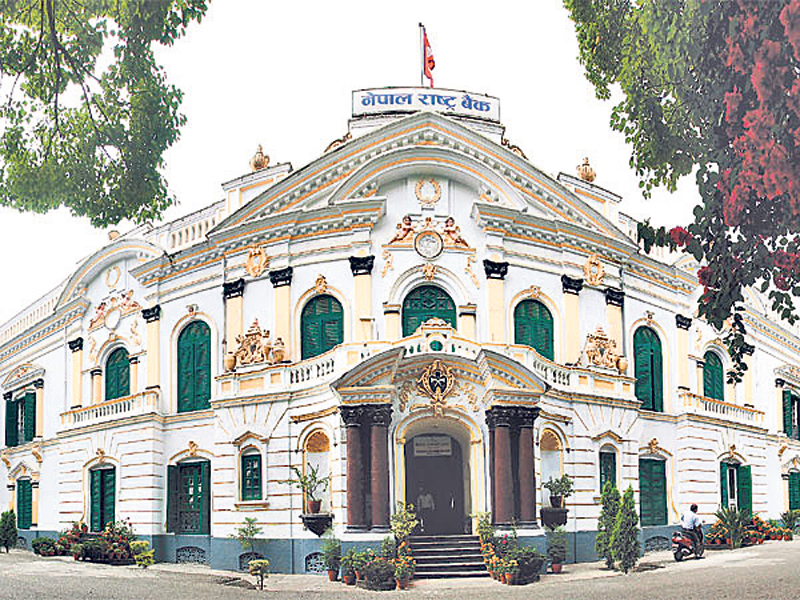SEE graduate rate of less than 50% indicates that upgrading the grading system alone is insufficient
Nepal’s education system urgently requires a comprehensive upgrade. SEE graduate rate of less than 50% indicates that upgrading the grading system alone is insufficient; it must also improve institutional and individual capacities. A critical need for teachers’ capacity building and embracing educational technology is paramount. Today’s education system requires an interactive and diverse teaching-learning environment that benefits both learners and instructors. Such an environment improves students’ learning and facilitates teachers to monitor students’ learning progress and identify areas for improvement.
Premier International IB Continuum School, RAN and MOEST conclu...

In this era of rapid information and technology advancement, integration of technology in the education system is no longer optional but essential for educational development. Educational Technology (EdTech) tools integration in educational institutions has endorsed improvement in students' learning activities, improved teaching quality, and elevated the quality of classroom discussions. EdTech tools emphasize online learning platforms, game-based learning, and learning management systems that capture the students' attention and promote self-learning and improvement.
EdTech applications empower the entire teaching and learning process. Teachers can gain a better perspective of students’ efforts and diagnose gaps in learning while allowing students to self-reflect on their learning process, identify the areas for improvement, and access to diverse learning resources. Additionally, grading becomes significantly easier, measuring not just the outcomes but the entire processes and efforts of students. For example: a teacher can conduct group workshops and evaluate students based on their participation, knowledge level, and contribution. The EdTech tools are accessible, free, and privacy-centric, most of them requiring only a laptop or computer and internet services.
Nepal’s education plans and policies prioritize the implementation of technology in education. The 15th Periodic Plan emphasizes developing digital learning materials to aid teaching and learning. The Digital Nepal Framework (2019) promotes 80 digital initiatives, eight of which are related to education, including smart classrooms and mobile learning centers. According to 2021 EMIS data, 50% of the 28,833 public schools have electricity, approximately 12,000 have computers and ICT facilities, and 5,400 have internet access. However, the use of these resources in teaching and learning is very limited. Despite the government’s policies and plans, hurdles in implementation persist, including low digital literacy, low interaction among stakeholders, lack of teacher training, limited access to digital resources, and inadequate resource mobilization. There is a pressing need to integrate EdTech to bridge the barriers and empower schools to deliver sustainable, resource-efficient, and contextually relevant teaching and learning experiences.
The infancy stage of technology-integrated education in Nepal holds a tremendous opportunity.As digital technology continues to evolve, it holds the potential to transform traditional teaching and learning approach into a student-centric approach. Collaboration and coordination among the education stakeholders plays a crucial role in supporting schools to develop an effective educational ecosystem. Such a collaborative effort paves the way for Edtech to empowers both educators and learners, ultimately transforming Nepal's education system for the better.






































